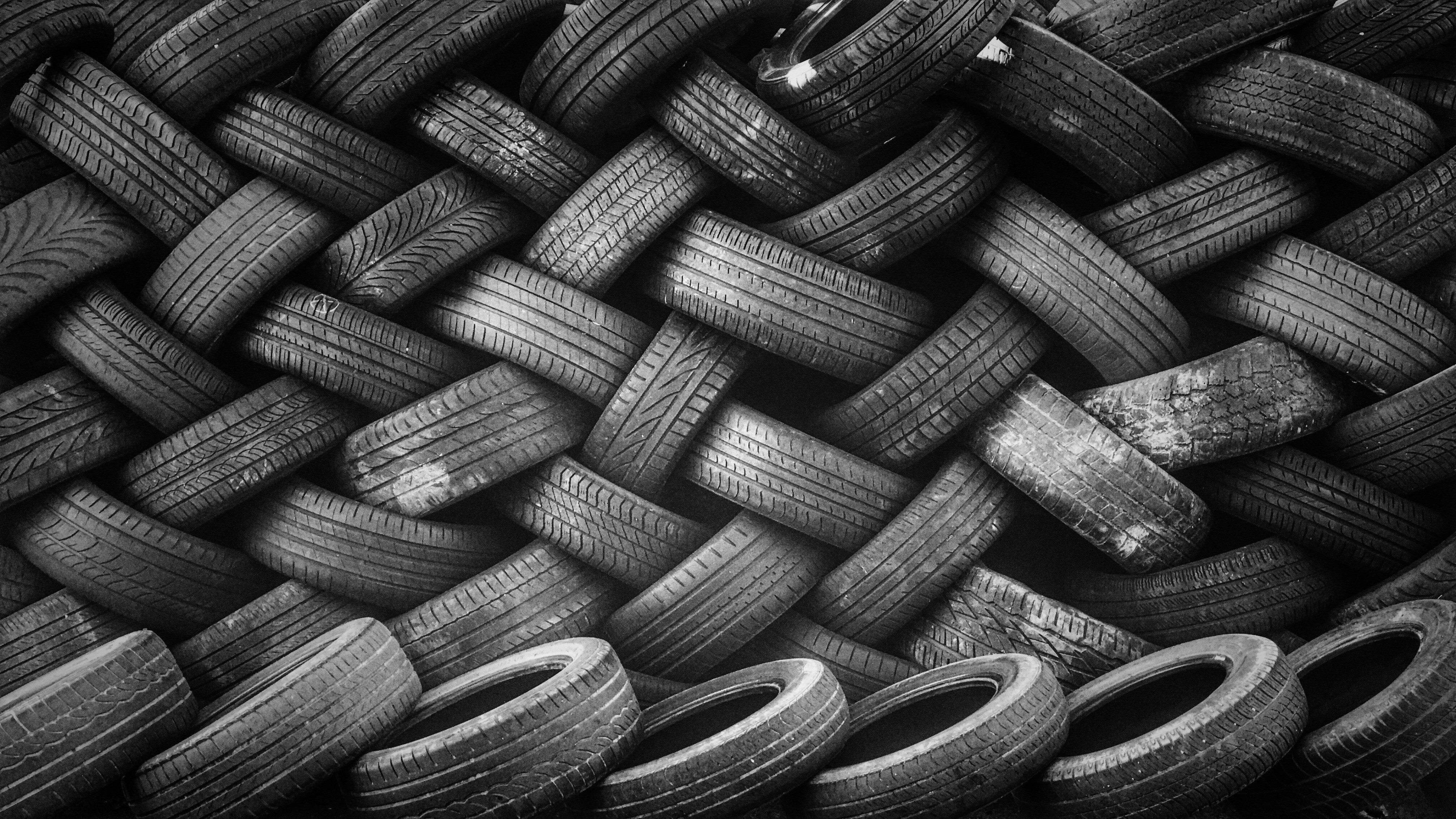Introduction: The ubiquitous rubber tyres that carry us along roads and highways also leave a significant environmental footprint when discarded. Extended Producer Responsibility (EPR) emerges as a promising solution to address the environmental challenges posed by end-of-life tyres. In this blog, we delve into the concept of EPR as it relates to tyre management, exploring its benefits, challenges, and potential for fostering a more sustainable approach to tyre disposal.
Understanding Extended Producer Responsibility (EPR) for Tyre Management: Extended Producer Responsibility (EPR) is a policy framework that places the responsibility for managing the entire lifecycle of products, including disposal and recycling, on manufacturers. In the context of tyres, EPR mandates tyre producers to take responsibility for the proper disposal and recycling of their products once they reach the end of their useful life. By holding tyre manufacturers accountable for the environmental impact of their products, EPR incentivizes the adoption of sustainable practices and the development of efficient recycling infrastructure.

The Importance of EPR for Tyre Management:
- Environmental Conservation: Improper disposal of tyres can lead to various environmental hazards, including soil and water contamination, as well as the risk of fires in tyre dumps. EPR promotes environmentally responsible tyre management practices, such as recycling and reuse, to minimize these risks and reduce the environmental impact of tyre disposal.
- Resource Recovery: Tyres contain valuable materials such as rubber, steel, and textile fibers that can be recovered and reused in various applications. EPR encourages tyre manufacturers to invest in recycling technologies and processes to recover these materials, thereby conserving natural resources and reducing the demand for virgin materials.
- Public Health and Safety: Abandoned tyres not only pose environmental risks but also create breeding grounds for disease vectors like mosquitoes, increasing the risk of vector-borne diseases. EPR ensures the proper disposal of tyres, mitigating public health concerns and enhancing community safety.
Examples of EPR Programs for Tyre Management:
- Producer-Led Recycling Initiatives: Many tyre manufacturers have established voluntary EPR programs to collect and recycle end-of-life tyres. These initiatives often involve partnerships with recycling companies and the development of innovative recycling technologies.
- Regulatory Mandates: Some jurisdictions have implemented EPR legislation requiring tyre producers to finance and manage the collection and recycling of their products. These regulations set clear obligations for manufacturers and provide a framework for effective tyre management.
- Product Stewardship Schemes: Product stewardship programs encourage collaboration between tyre manufacturers, retailers, and consumers to promote responsible tyre disposal and recycling. These programs often include awareness campaigns, collection events, and incentives for proper tyre management.
Challenges and Opportunities: While EPR holds promise for improving tyre management, its implementation faces challenges such as logistical complexities, lack of infrastructure, and the need for stakeholder collaboration. However, these challenges also present opportunities for innovation and investment in sustainable tyre management practices, ultimately leading to a more circular economy.
Conclusion: Extended Producer Responsibility (EPR) offers a proactive approach to addressing the environmental challenges associated with end-of-life tyres by holding manufacturers accountable for their products. By embracing EPR and investing in sustainable tyre management practices, we can minimize the environmental impact of tyre disposal, conserve resources, and create a safer and healthier environment for future generations. As consumers, we can support EPR initiatives by choosing eco-friendly tyre options and participating in tyre recycling programs. Together, we can drive towards a more sustainable future where tyres are managed responsibly, from cradle to grave.


